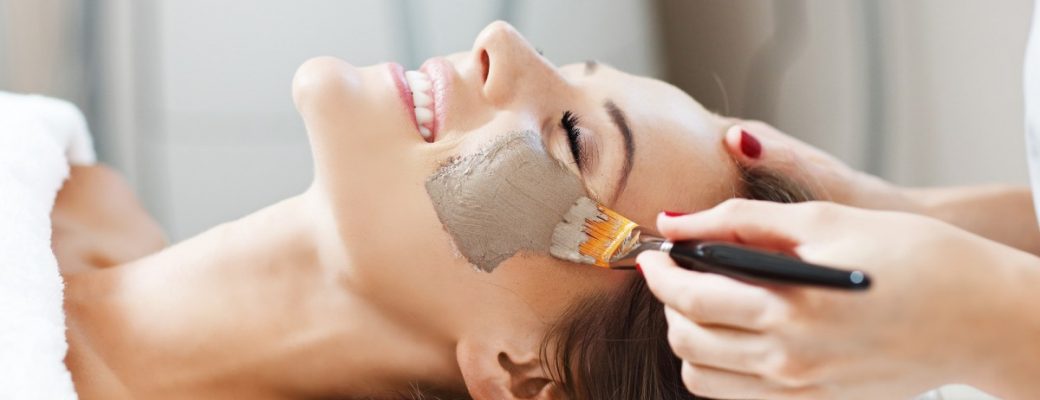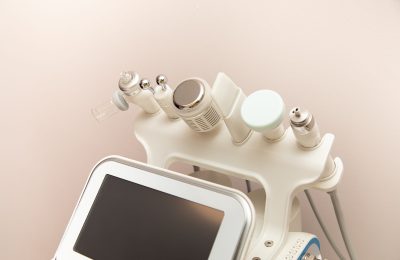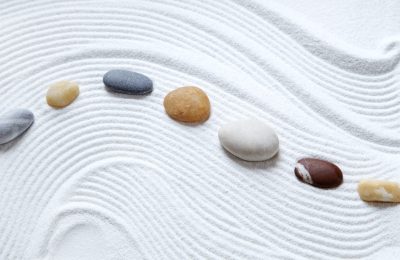Driven by a facilitated digitization of the world around us, the spa industry is currently evolving with advanced technologies in…
Strategies to combat the cold
The thermometer plummets, the wind blows and our skin becomes red In winter, the production of sebum slows down, the hydrolipidic film on the surface is altered and becomes less effective as a barrier, leaving the upper layers of the epidermis—the Stratum corneum—without protection. It is therefore weakened. More like crocodile skin than the skin of a peach, it dries up, pulls, reddens, heats up, stings and becomes marked. Its natural defenses diminish. It is irritable, reacts easy, indeed it becomes intolerant. And it ages even more quickly!
The skin most affected by this phenomena is the most weakened skin, that’s to say lipid-less skin—dry to very dry skin—as well as sensitive skin, be it blotchy or not. The winter season shows little mercy for these types of skin. Even normal and oily skin can also be affected.
The Plan Of Attack
In winter, beauty regimens are primarily about protection—from the cold, from the wind and from the abrupt changes in temperature, as these factors are hard on the skin. Redness occurs, skin becomes taut and irritated. It is necessary to use skin care products on all parts of the body that are exposed to the climatic elements: the face, the lips and the hands. The lips in particular go dry very quickly in the cold, as they are not protected by the sebum like the other parts of the face. For the face and the hands, using protective creams that are rich and oily, is the best solution.
More Essential Than Ever: Hydration
The key word each day is hydrate, hydrate, hydrate! Not only the face but the whole body, at least after each shower. However, once the skin is well hydrated, it is important to avoid letting it dehydrate. To achieve this double objective requires using nourishing formulas that both hydrate and prevent dehydration. These double-performance treatments include glycerin, or even better, high concentrated polysaccharides combined with butters such as Shea, mango or cocoa, and represent a veritable barrier against the cold by leaving a protective, non-sticky film on the skin’s surface. The textures are generally very silky and the feeling of comfort and relief is immediate upon application.
The Omega-3s, Indispensable Allies
These essential fats play a leading role for our skin, both structural and functional. Basically, the omega-3s integrate into the fats of our cellular membranes. They increase the elasticity and resistance of the skin as part of an effective barrier. As well, the addition of omega-3s significantly reduces the concentration of a common cause of inflammation in the skin cells: the PGE2 or prostaglandin 2. The skin is therefore soothed.
So remember, to deal with the harsh climate, it is beneficial each morning and night to add some drops of a rich concentration of omega-3s to your cream.
Masks Are Hot In Winter
Winter is an ideal season to profit from the numerous benefits of masks. Regenerating, hydrating, and nourishing, they replenish and soothe. Excellent complements to the daily care regimen, they take effect in a matter of minutes. The skin recovers quickly, becoming soft, supple and radiant.
No, winter won’t affect your skin if you take the right steps. A last piece of advice: think about protecting your skin from the sun with an adapted sunscreen. Even when it is freezing outside, sun protection remains indispensable!




